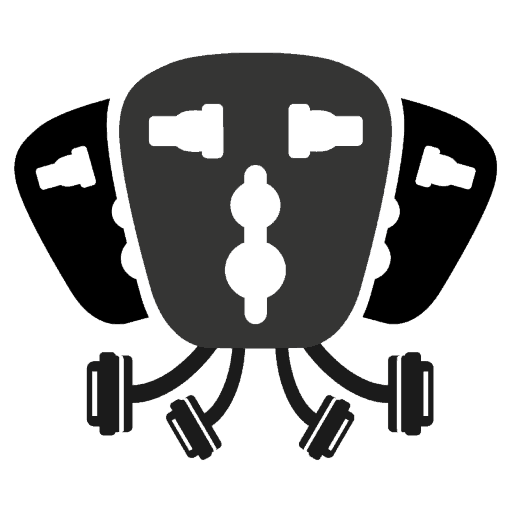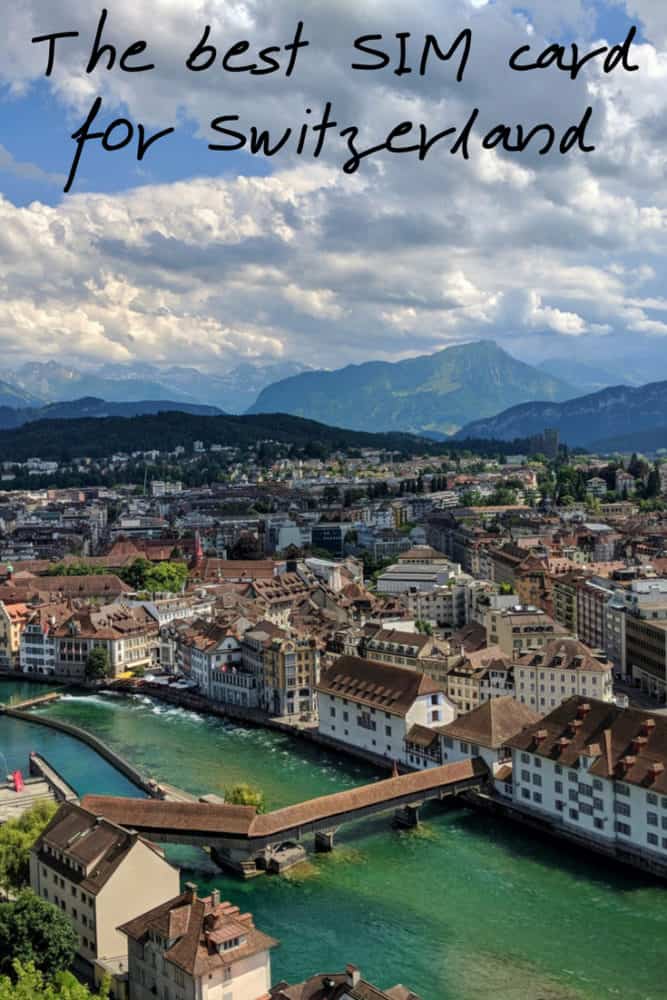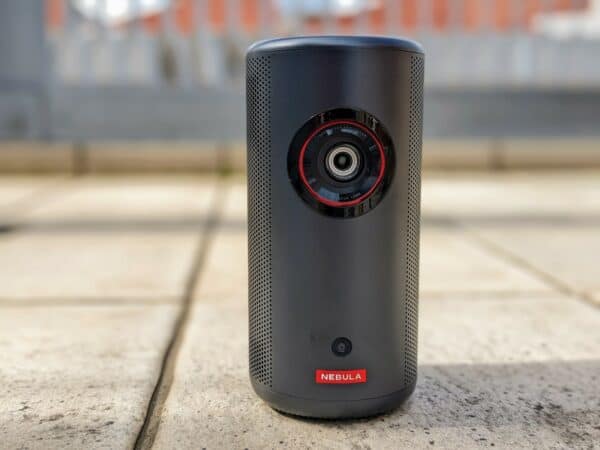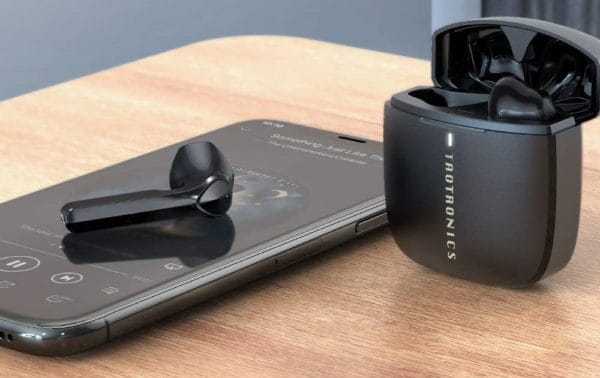Buying a SIM Card or eSIM in Switzerland
We may earn a commission from purchases you make after clicking links on this site. Learn more.As well as being a global financial capital and the home of fantastic chocolate and cheese, Switzerland is jaw-droppingly beautiful.
If you’re planning a visit, be aware that even a short train ride through the country will leave you with more photos of glistening lakes, rolling green hills, and snow-capped mountains than you know what to do with.
There’s plenty of free Wi-Fi in the cities and on public transport, but if you want to stay connected elsewhere, a local SIM is the way to go.
Like most other things in the country, they can be expensive. There is at least one option that’s surprisingly affordable, however, with great data speeds to go with it. Travel eSIMs, too, tend to be cheaper and more convenient than many local providers.
However you do it, here’s everything you need to know about staying connected in Switzerland. I’ve also included details on the odd roaming situation in Liechtenstein if your trip takes you there as well.
Companies
There are three cell service providers in Switzerland, plus various companies reselling service on each network. Swisscom and Sunrise have the largest networks, while Salt’s coverage is slightly lower but still covers 90%+ of the population.
Switzerland isn’t a cheap country to visit, and that’s equally true for cell service as anything else when buying from the main providers.
As it often does elsewhere in the world, however, Lyca Mobile offers lower costs as long as you’re happy to buy from convenience stores and other small retailers, and don’t expect too much in the way of support when getting set up.
Since it had the cheapest prices and uses the excellent Swisscom network, that’s the company I went with.
Travel eSIM for Switzerland
Depending on how much data you need and how long you’re in the country for, it may well be cheaper to just not bother buying a local SIM card and use a travel eSIM instead.
For longer stays and large data needs, it’s a different story, but even then, you’re not paying much to stay connected compared to how expensive everything else is in Switzerland!
I’ve generally found aloSIM and Airalo to have the best (and near-identical) prices for Switzerland: aloSIM has generally had better speeds whenever I’ve tested it, but you’ll likely be happy with either.
Need travel insurance for Switzerland?
Need travel insurance for Switzerland?
Like most travel eSIMs, it’s data-only: you don’t get a local number. I use apps for everything from communication to transport these days, so the lack of a local number very rarely matters to me, but you might have different needs.
One thing worth noting: if you’re planning to travel to several European countries within a few weeks, it might be worth looking at some of the regional eSIM packages on offer.
There are too many to list each one separately (and they change all the time), but as a starting point, these are the Europe eSIM options from companies I’d actually consider using:
- aloSIM (34 countries)
- Airalo (39 countries)
- Nomad (30-35 countries)
- SIMOptions (29-39 countries)
- yeSIM (31 countries)
- easySIM (36 countries – free with any single-country eSIM)
Almost all of the regional packs above include Liechtenstein; it’s only a few of the SimOptions ones that don’t.
How to Buy a Prepaid SIM Card in Switzerland
One of the good things about buying Lyca Mobile SIMs anywhere in the world is that there’s rarely a lack of places selling them.
That was as true in Zurich as anywhere else: a Thai restaurant near my accommodation had a sign in the window, as did a tiny convenience store a little further down the road.
The store owners were friendly and helpful, speaking good English. They also had brochures outlining the various options, which were in German but easily understandable. I chose the option that sounded best, and the owners took care of the rest.
They needed to take a copy of my passport, and then registered the SIM and generated forms to sign. The process took about ten minutes, including sending a code to buy the right data package.
I entered the following APN information from the brochure, rebooted my phone, and was up and running straight away.
Name: Lycamobile
APN: data.lycamobile.ch
I didn’t notice any Lyca Mobile signs at Zurich airport (although I wasn’t looking particularly hard), but other providers were available. You’ll definitely be able to get set up before leaving the arrivals hall if you want to, even if you have to pay more to do it.
Prepaid SIM and eSIM Costs
Lyca Mobile SIMs are often available for free, as was the case at the shop I bought mine from. I bought a 10 CHF (~$12 USD) top-up, which was the smallest amount available at that particular store.
The prices for data, calling, and text bundles are, to be frank, all over the place. Depending on what specials are running and whether you’re buying online or in person, you can sometimes pay less for unlimited data than for 500MB of it!
At the time, I paid 9.90 CHF for 2GB of data. As I write this now, you can get unlimited data, domestic calls, and texts for 7.25 CHF ($9) when buying online, valid for a month. Expect things to have changed again by the time you’re reading this.
You can find the current offers on the Lyca Mobile site, or in the in-store brochures. Information on how to activate each package was also in the brochure.
aloSIM
As I mentioned up top, aloSIM and Airalo tend to have the best pricing for Switzerland, and those prices are often the same. You’ll typically pay around five bucks for a small data pack that lasts a week, and go up in price, data limit, and validity from there.
They’re not the only options, though: I’ve compared many of them in the past, and here’s how the best ones stack up price-wise in Switzerland.
Topping Up
Lyca Mobile
It’s possible to add extra credit to your Lyca Mobile SIM online, even with an international credit or debit card.
You can also drop into any store with a Lyca Mobile logo on display, tell them your phone number (you’ll get it in a text message after activation), and pay by cash/card there instead.
Nomad
Topping up with aloSIM (or any of the other travel eSIM companies) is done by logging into the website or app. You just select your Switzerland eSIM, hit the top-up button, and buy the same package again.
The top-up packs have exactly the same pricing and duration as the original eSIMs: there’s little difference between topping up your current eSIM and buying a new one, other than not having to activate it.
Get regular updates from the world of travel tech and remote work
News, reviews, recommendations and more, from here and around the web
Coverage and Data Speeds
Coverage was extremely good everywhere I went in Switzerland. That included major cities like Zurich and Lucerne, plus out in the countryside and on train journeys.
I had LTE service almost the entire time, and speeds were extremely quick, with downloads of 100Mbps+ not uncommon.

EU Roaming
Switzerland is not part of the European Union or European Economic Area, so the free EU/EEA roaming regulations introduced in June 2017 don’t apply.
A few mobile companies in other EU countries do include free or discounted use in Switzerland even though they aren’t obliged to, but otherwise you’ll pay roaming charges when using SIM cards from outside the country.
In short, if you’re picking up a SIM elsewhere in Europe and plan to use it in Switzerland, carefully check the details first!
A Note on SIMs and eSIMs in Liechtenstein
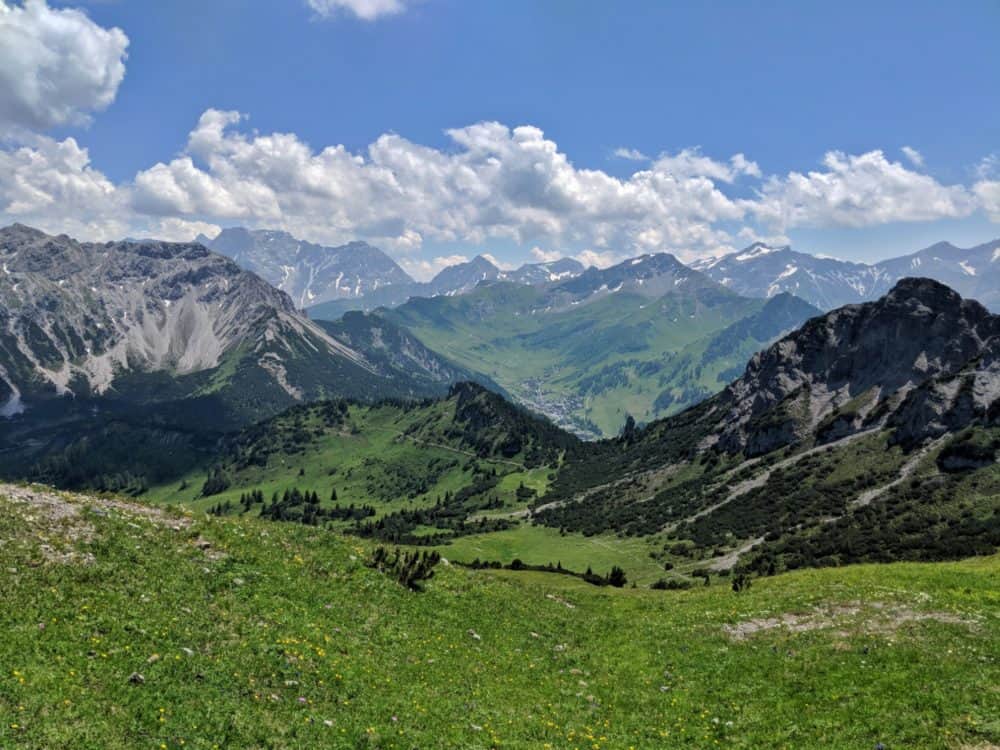
The small principality of Liechtenstein sits between Switzerland and Austria. It uses the Swiss franc as its currency, but unlike Switzerland, is part of the European Economic Area (EEA).
As a result, EU/EEA mobile roaming regulations apply in this tiny area, but not its larger neighbor. This can lead to some confusing situations for international visitors.
Things are made particularly complicated by the fact that (a) some Swiss mobile operators also provide service in Liechtenstein, with the same or very similar network names, and (b) the principality is so small that you’re often in range of cell towers in both Switzerland and Liechtenstein at the same time.
If you buy a local SIM card in Switzerland and plan to use it in Liechtenstein, be sure to buy from Swisscomm, Salt, or one of their resellers like Lyca Mobile. You’ll get free roaming in Liechtenstein if you do. Sunrise, however, doesn’t offer this.
If you’re using a SIM card from elsewhere in the EA/EEU, you’ll get free roaming in Liechtenstein (within usual limits), but only if you’re connected to a cell tower inside the principality.
If you’re using a travel eSIM, you’ll need to either buy a regional Europe pack as above, or buy separate eSIMs for each country.
When using a Lyca Mobile SIM card, my phone took about half an hour to switch over to a local tower once I crossed over from Switzerland. Make sure yours has done the same if you’ve traveled through Switzerland and want to turn roaming on your EU/EEA SIM back on!
Check out our guides to SIM cards and eSIMs in 65+ other countries here.
